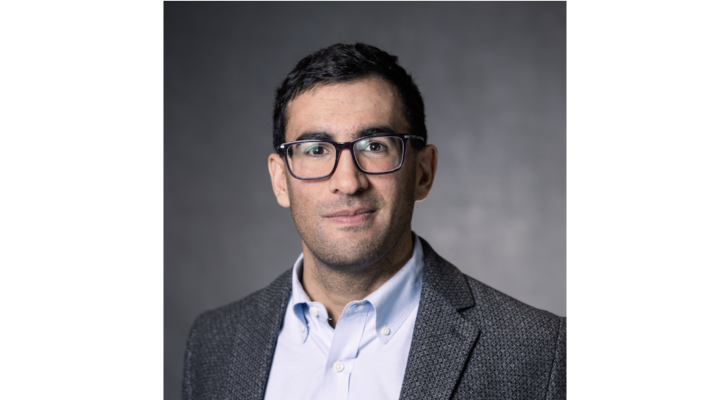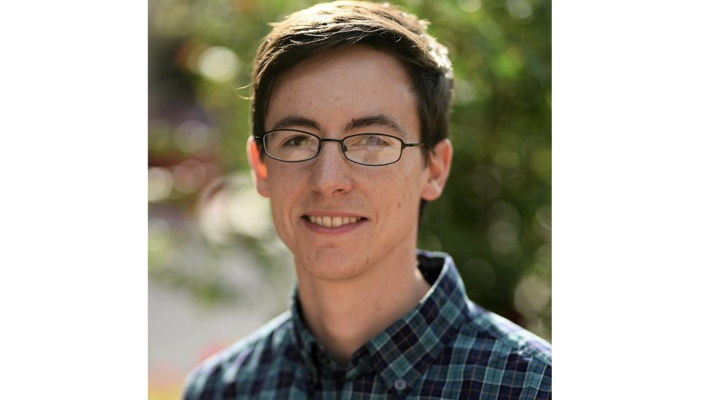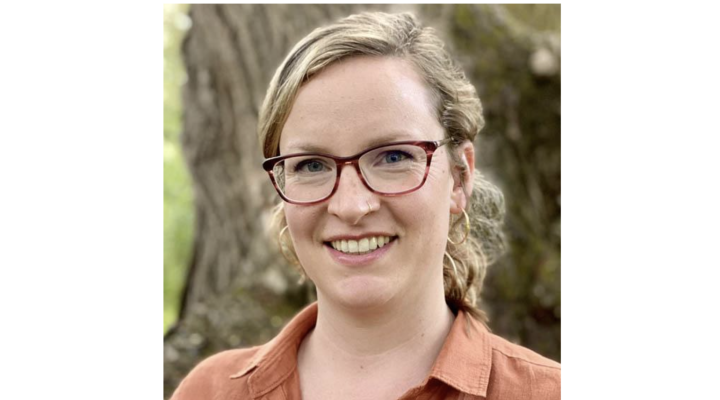Custom-designing an organism to fit a researcher’s specifications sound like science fiction, but it’s something that Julius Lucks is working to make a reality. This self-professed scientist by training uses engineering to tinker with RNA, the “master molecule” of life, studying how it folds into complex shapes and how it might be controlled to build an entire microbe from the ground up.
“I think of engineering as a precise way of asking scientific questions,” says Lucks. “We pull out natural RNA mechanisms and try to engineer them and improve them. By doing that, you find out stuff about the biology you didn’t know before.”
Recently, Lucks has developed an innovation that marries two previously existing technologies—one that measures the folding of RNA molecules, and one that reads an RNA’s genetic code via sequencing. In this technique, called SHAPE-Seq, the researchers in Lucks’ lab first chemically modify the RNA molecules in a way that depends on the molecule’s structures. Sequencing is then used to find the locations of these modifications, which are then used to determine how the structural folds of the molecule manifest in the actual sequence of the RNA. By figuring out the ‘code’ between the RNA molecule’s sequence and its structure, Lucks says, you can tease out the design principles of the molecule.
“This is going to change the way we ask questions,” Lucks says. He explains that, currently, RNA’s structure has only been examined in a test tube. “But obviously, you want to know the structure of RNA within the cell. With this technology, you can start to capture the landscape of RNA structures across the entire cell.”
Lucks is also interested in RNA-controlled gene regulation. “I’ve shown that you can make genetic networks that only have RNA molecules,” he says, explaining that in biology, genetic regulators can act on one another, turning gene expression off and on in identifiable patterns of connectivity. “With RNA, the prediction is that the dynamics of this connectivity are much faster,” says Lucks. “Cells mainly use proteins for these networks, but proteins require a bunch of extra steps to create them. We’re trying to cut proteins out of the process, make it more efficient with RNA.”
Ultimately, all this work with RNA comes down to a key goal for Lucks: “How do you make genetic engineering a true engineering discipline?
“Almost every other engineering discipline has their basic building blocks—electrical engineers have their transistors and capacitors—they know how these work individually and in combination. You just don’t have that in genetic engineering. We need these building blocks, and we need to know how they come together in different ways. In biology there are so many points of control for gene expression, if you want to engineer it, you should probably figure out what is the simplest, the most elegant way. RNAs are potentially the simplest. They are the most engineerable molecule out there now.”
When he’s not tinkering with the complexities of the building blocks of life, Lucks enjoys the simplicity of gardening and beekeeping with his wife (a research scientist in Cornell’s Division of Nutritional Sciences) and their young daughter. He and his wife moved to Ithaca from the San Francisco Bay Area, and haven’t looked back. “I’m an East Coast kid,” says Lucks. “Don’t get me wrong, the Bay Area is great, but it’s actually really nice to be back in a familiar landscape.”




